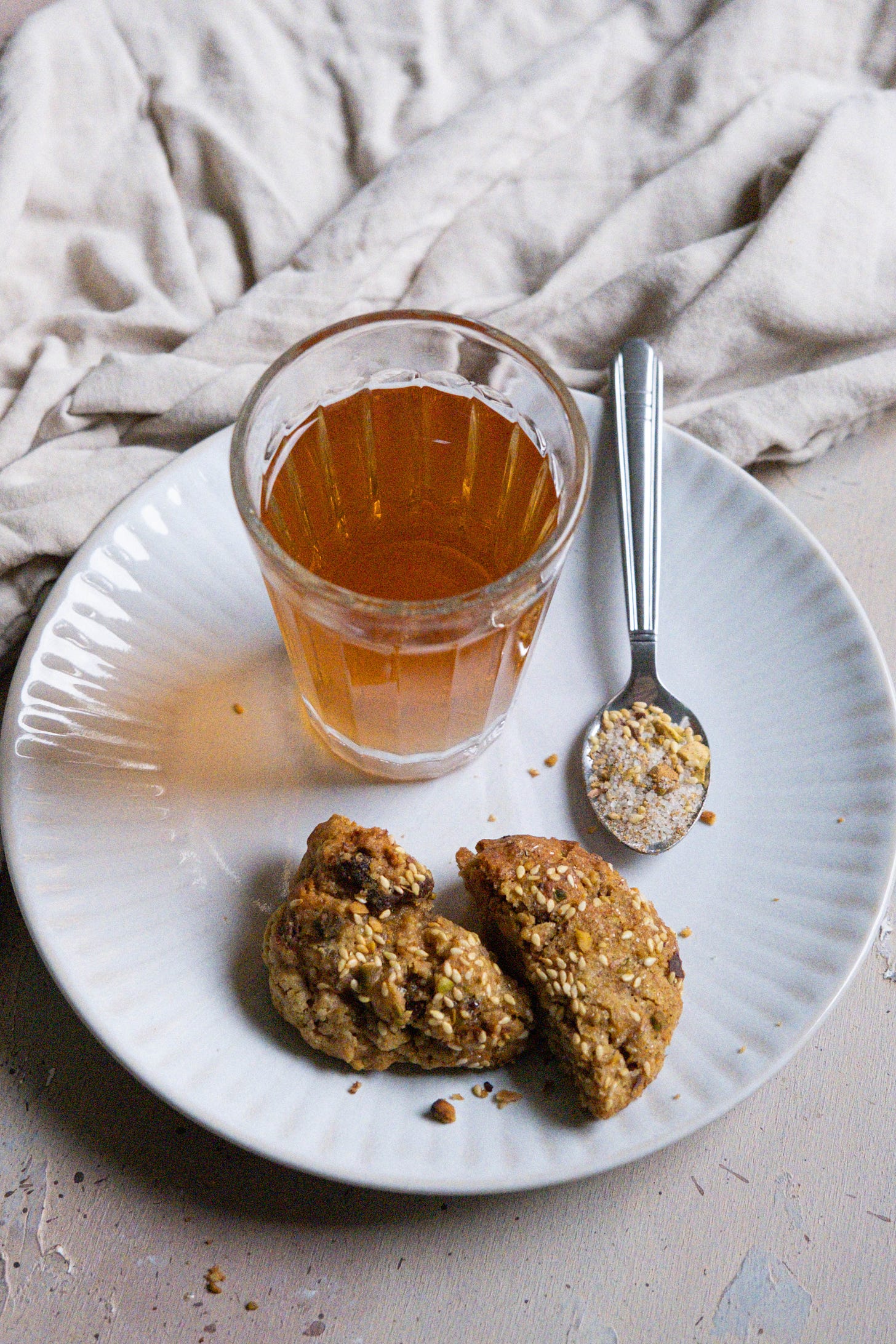Ingredient Spotlight: Spice Mixes
How to use different spice mixes in your baking and desserts (and which ones to skip!)
Hello, and welcome to Newsletter No 51 here on Substack! Thank you for stopping by. If you are already subscribed - THANK YOU! Seeing thousands of you read my newsletters each month means the world to me! And if you are not yet a subscriber, hit the link below if you are interested in recipes as well as tips and tricks to make the most of our modern pantries!
❤️ Also, did you know that if you hit the HEART at the top or bottom of this post, it makes it easier for people to find this newsletter? (And also puts huge smile on my face!)
If you don’t already follow me on Instagram, why not head over there to follow my baking and cooking experiments and culinary adventures in Brussels and elsewhere in real time?

Today’s Ingredient Spotlight is a bit unusual in that it features not just a single ingredient but many ingredients. Because today we will talk about spice mixes and blends and how t…
Keep reading with a 7-day free trial
Subscribe to Real Simple Food to keep reading this post and get 7 days of free access to the full post archives.



